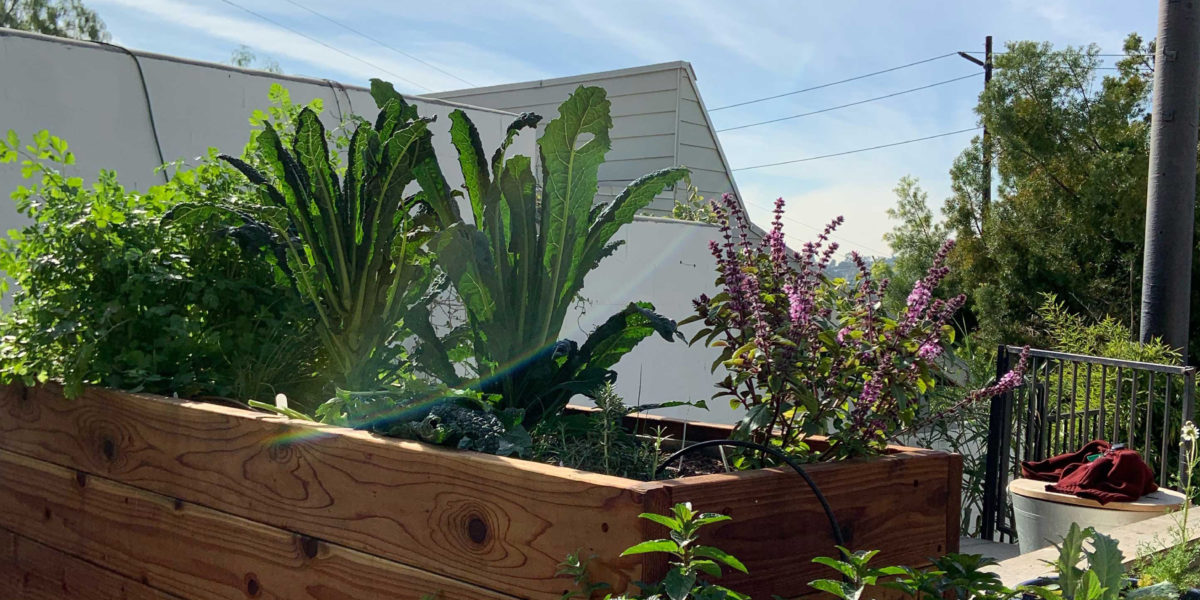The Ultimate Guide To City Blooming
The Ultimate Guide To City Blooming
Blog Article
See This Report on City Blooming
Table of Contents10 Easy Facts About City Blooming Explained6 Easy Facts About City Blooming DescribedSome Ideas on City Blooming You Should KnowSome Known Questions About City Blooming.The Main Principles Of City Blooming
Fascinated in expanding food up for sale in the City of Chicago? Considering beginning a community garden? Modifications to the Chicago Zoning Ordinance allow farming uses like area yards and city ranches in many components of the city. Below is a list of frequently asked inquiries pertaining to the rules and policies that cultivators must consider when planning an urban agriculture project.
The zoning amendment does not change any other codes handling composting, structure licenses, buying or renting City had residential or commercial property, service licenses or environmental contamination. There are existing codes that manage these issues and they continue to be in complete result and might be appropriate to your task. Neighborhood gardens are typically owned or managed by public entities, public companies or community-based organizations and kept by volunteers.
Urban ranches expand food that is meant to be marketed, either on a not-for-profit or for-profit basis. Due to their commercial function, city ranches need an organization certificate.
City Blooming - Questions
The quantity of compost material can not go beyond 25 cubic lawns at any given time according to the criteria in 7-28-715 of the City's Municipal Code. Due to the fact that the dirt at most new yard websites needs modifying, compost, soil, timber chips, or other products can be gotten to construct or improve the growing area.

If a structure permit is called for then the hoophouse will be taken into consideration an accessory structure. You can discover even more regarding the structure authorization requirements by getting in touch with the Department of Buildings. The 25,000-square-foot size limitation is planned to avoid a single area garden from dominating a given block or interfering with the block's existing domestic or industrial character.
The restriction does not apply to gardens situated in Public Open Area (POS) districts. Can there be even more than one area yard that is 25,000 square feet on a single block? Fencing is not called for, however, gardens that have big car parking areas may be required to set up secure fencing or various other landscape design attributes.
Getting The City Blooming To Work
B1 & B2 districts call for that all commercial use tasks be conducted inside. Is fence needed for city farms? Fences may be required, along with landscaping and testing, for particular auto parking locations and exterior work or storage space locations depending on location and the specific task taking location.
Yes. Urban ranches call for building authorizations and zoning authorizations prior to construction. Various other types of city evaluation might be called for depending upon particular frameworks, tasks, size, landscape design, licensing, public heath and stormwater administration issues. Numerous of these demands are identified in the job layout or permitting process, however, the applicant might be accountable to individually determine particular licenses or allows that might be required.
Yes. The sort of permit is figured out by what is taking place at the site. The Division of Organization Matters and Consumer Defense can aid figure out the details kind of service license that's needed. Yes. Off road car parking is required for many industrial projects in Chicago. The required number of car park spaces is based on the variety of staff members servicing site and not the square video of the growing room.
Little Known Questions About City Blooming.

Yes. An urban ranch can sell garden compost product generated on site, nevertheless, the operation must conform with the regulations in 7-28-715 of the Chicago Municipal Code. Yes. Aquaponic systems are allowed indoors on urban ranches in lots of zoning districts. A zoning evaluation and building authorization is required in order to set up moved here frameworks or systems and a company certificate is needed as described over.
As much as 5 hives or colonies of honey might be kept as an accessory usage. Beekeepers must register with the Illinois Department of Farming. To find out more concerning the suggested zoning change you may speak to the Division of Housing and Economic Development, Bureau of Preparation and Zoning at 312.744.8563.
Farming in cities and metropolitan locations An urban farm in Chicago. Urban agriculture refers to numerous techniques of cultivating. https://cityblooming.weebly.com/, handling, and distributing food in urban locations. The term additionally puts on the area tasks of animal husbandry, tank farming, beekeeping, and cultivation in a metropolitan context. Urban farming is distinguished from peri-urban agriculture, which happens in country locations beside suburbs.
More About City Blooming
It can involve a motion of organic growers, "foodies" and "locavores", that seek to develop social media networks started on a shared ethos of nature and area holism. These networks can create using formal institutional support, coming to be incorporated into regional community preparation as a "shift community" activity for lasting metropolitan development.
In either instance, the much more straight access to fresh veggie, fruit, and meat items that may be understood through city agriculture can improve food security and food security while reducing food miles, leading to lower greenhouse gas exhausts, thereby contributing to environment modification mitigation. A few of the first evidence of metropolitan agriculture comes from Mesopotamia.
Report this page